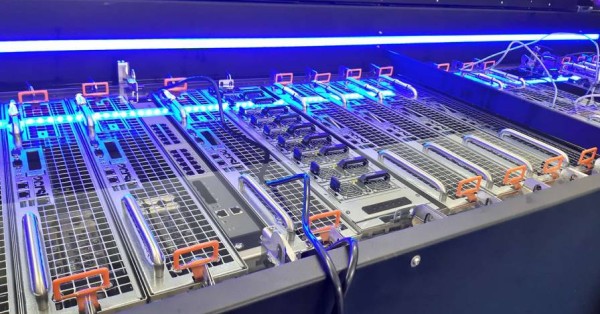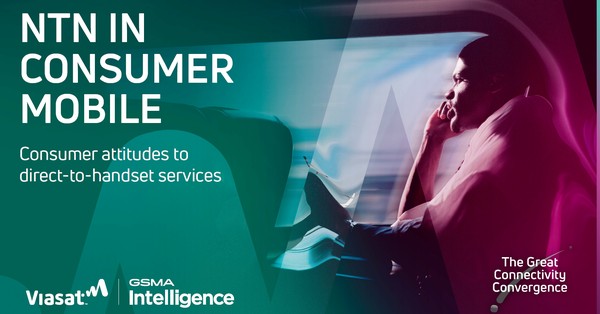As global data demands surge and high-performance computing becomes mainstream, immersion cooling is emerging as a transformative solution for thermal management. Leveraging dielectric liquids to cool electronic components directly, this technology is reshaping how data centers, AI systems, and high-frequency trading platforms manage heat, energy, and space.
Unlike traditional air-based systems, immersion cooling uses fluids that either absorb and retain heat (single-phase) or boil and condense (two-phase) to dissipate it efficiently, offering superior energy efficiency, reduced hardware stress, and increased rack density.
Immersion Cooling
Immersion cooling involves submerging servers and other IT hardware into thermally conductive, electrically insulating liquids. These specialized fluids manage heat through convection and phase change, depending on the system type.
In single-phase immersion cooling, the dielectric liquid remains in its liquid form, transferring heat away from components without changing state. By contrast, two-phase immersion cooling sees the fluid boil upon contact with hot surfaces, converting to vapor and later condensing back into a liquid, a closed-loop system that passively maintains optimal temperatures.
Global Immersion Cooling Market Outlook 2034
The global immersion cooling market was valued at US$ 287.7 Mn in 2023. It is projected to expand at a CAGR of 17.9% from 2024 to 2034, reaching approximately US$ 1.8 Bn by 2034.
This exponential growth is fueled by increasing adoption in power-dense applications, such as AI training models, edge computing, and crypto mining, where traditional air-cooling systems fall short.
Key Growth Drivers of the Immersion Cooling Market
Several trends are driving the rapid uptake of immersion cooling technologies:
- AI and Machine Learning Boom: The latest AI servers consume upwards of 10.2 kW per rack, while many legacy data centers struggle to support over 6 kW per rack. Immersion cooling enables significantly higher density, making it ideal for AI model training, inference engines, and real-time analytics.
- Edge Computing Expansion: As computing shifts closer to data sources, edge infrastructure demands compact, energy-efficient cooling systems. Immersion cooling meets these needs by minimizing airflow, noise, and HVAC dependency.
- Sustainability Focus: Reduced energy consumption and lower water usage align with global green IT initiatives and corporate sustainability goals. Immersion cooling can cut cooling energy costs by more than 90% compared to traditional methods.
- Faster Deployment and Scalability: Immersion systems simplify infrastructure needs, often eliminating raised floors, aisle containment, and large chillers, enabling faster, modular data center deployment.
Key Industry Applications
Immersion cooling is making waves across multiple high-performance and emerging technology sectors:
- Artificial Intelligence (AI): Enables high-density compute clusters with better thermal management, supporting deep learning and LLM workloads.
- Cryptocurrency Mining: Delivers superior cooling for ASIC miners, increasing uptime and hardware longevity.
- Scientific and High-Performance Computing (HPC): Supports thermal control for simulations, research, and complex modeling.
- High-Frequency Trading (HFT): Reduces latency and temperature fluctuations in critical trading hardware environments.
Leading Market Players
The competitive landscape is marked by rapid innovation and strategic partnerships. Notable companies include:
- Fujitsu
- GRC (Green Revolution Cooling)
- Submer
- LiquidStack Holding B.V.
- DUG Technology
- Midas Green Technologies
- Asperitas
- PEZY Computing
- DCX Liquid Cooling Systems
These players are investing in advanced fluid formulations, modular tank designs, and AI-integrated monitoring to enhance performance, efficiency, and adoption.
Regional Insights
- North America: Dominates the market with a strong presence of hyperscale data centers and early adoption of AI technologies.
- Europe: Emphasizes sustainable cooling due to environmental regulations and carbon-neutral data center targets.
- Asia-Pacific: Witnessing rapid growth due to the expansion of tech hubs, edge infrastructure, and increasing electricity costs.
- Middle East & Africa: Cooling efficiency in harsh climates is critical, making immersion systems a viable long-term solution.
Innovation and Market Trends
The immersion cooling space is undergoing continuous transformation:
- Smart Monitoring Systems: IoT-enabled sensors and AI analytics optimize fluid temperatures, detect anomalies, and predict maintenance needs.
- Biodegradable and Non-Flammable Fluids: Safer, more sustainable alternatives to traditional dielectric oils are gaining traction.
- Pre-fabricated and Modular Tanks: Enable scalable deployments and quick integration with existing IT environments.
- Hybrid Cooling Architectures: Combining immersion with rear-door heat exchangers and direct-to-chip cooling for maximum flexibility.
Challenges to Overcome
Despite its advantages, immersion cooling faces some hurdles:
- High Initial Costs: Upfront investments can be significant, especially for retrofitting legacy infrastructure.
- Hardware Compatibility: Not all IT equipment is certified for immersion, requiring modifications or specialized designs.
- Fluid Maintenance: Ensuring long-term stability and cleanliness of dielectric fluids adds complexity.
- Market Awareness: Educating stakeholders about benefits and ROI is essential to drive mainstream adoption.
Final Thoughts: Immersion Cooling—A Game Changer for the Digital Future
With global demand for compute power skyrocketing, immersion cooling stands out as a critical enabler of next-generation infrastructure. Its ability to slash energy use, enhance hardware density, and simplify cooling architecture positions it as a cornerstone of sustainable and high-performance data center operations. For more insights and detailed analysis, request your sample copy now.
As the world races toward AI supremacy, decentralized computing, and greener operations, immersion cooling is not just a trend—it’s a necessity.
These insights are based on a report on the Cooling Towers Market by Transparency Market Research (TMR). For More Details, Click Here








































